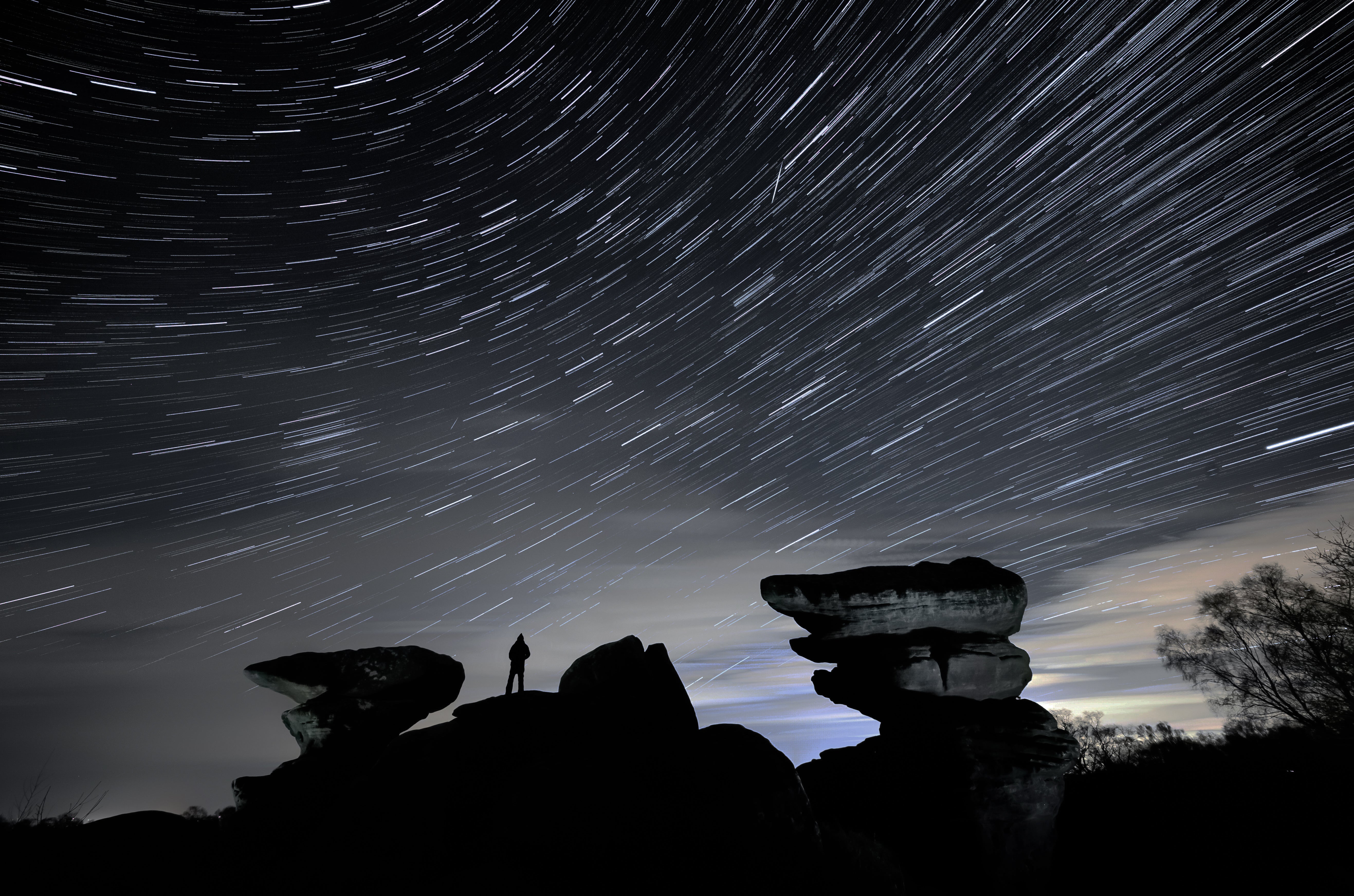Leonid meteor shower: Shooting stars to appear in night sky tonight as Earth moves through comet debris

Your support helps us to tell the story
From reproductive rights to climate change to Big Tech, The Independent is on the ground when the story is developing. Whether it's investigating the financials of Elon Musk's pro-Trump PAC or producing our latest documentary, 'The A Word', which shines a light on the American women fighting for reproductive rights, we know how important it is to parse out the facts from the messaging.
At such a critical moment in US history, we need reporters on the ground. Your donation allows us to keep sending journalists to speak to both sides of the story.
The Independent is trusted by Americans across the entire political spectrum. And unlike many other quality news outlets, we choose not to lock Americans out of our reporting and analysis with paywalls. We believe quality journalism should be available to everyone, paid for by those who can afford it.
Your support makes all the difference.The Leonid meteor shower is set to light up the skies above the UK.
The shooting star display will peak before the dawn on Wednesday night. But it may be visible before and after that.
As with other meteor showers, no particular equipment is required and the show should be visible with the naked eye. The best way to increase the viewing experience is to get away from sources of night pollution and give your eyes the opportunity to adjust to the dark.
The Leonids, usually fast, bright meteors, are associated with Comet Tempel-Tuttle.
The point where they appear to stream from is at the head of the constellation Leo the Lion, hence the name.
The Leonids arrive annually, though vary in their brightness from year to year.
A tiny path of debris is left by the comet as it follows its path around the sun, and this enters Earth’s atmosphere at speeds of up to 70 kilometres per second, vaporising and causing the streaks of light we call meteors.
Those who miss the peak on Wednesday night might still be able to view the shower, as it continues at a reduced rate for several days on either side.
Displays are better when the Tempel-Tuttle comet, which takes 33 years to orbit the sun, is closer to the Earth, an occurrence which is next due in about 15 years’ time.
The Met Office forecast for Wednesday to Friday is for changeable weather in the north with spells of rain or showers and often windy.
It says it will be largely dry in the south with variable cloud.
Additional reporting by Press Association
Join our commenting forum
Join thought-provoking conversations, follow other Independent readers and see their replies
Comments